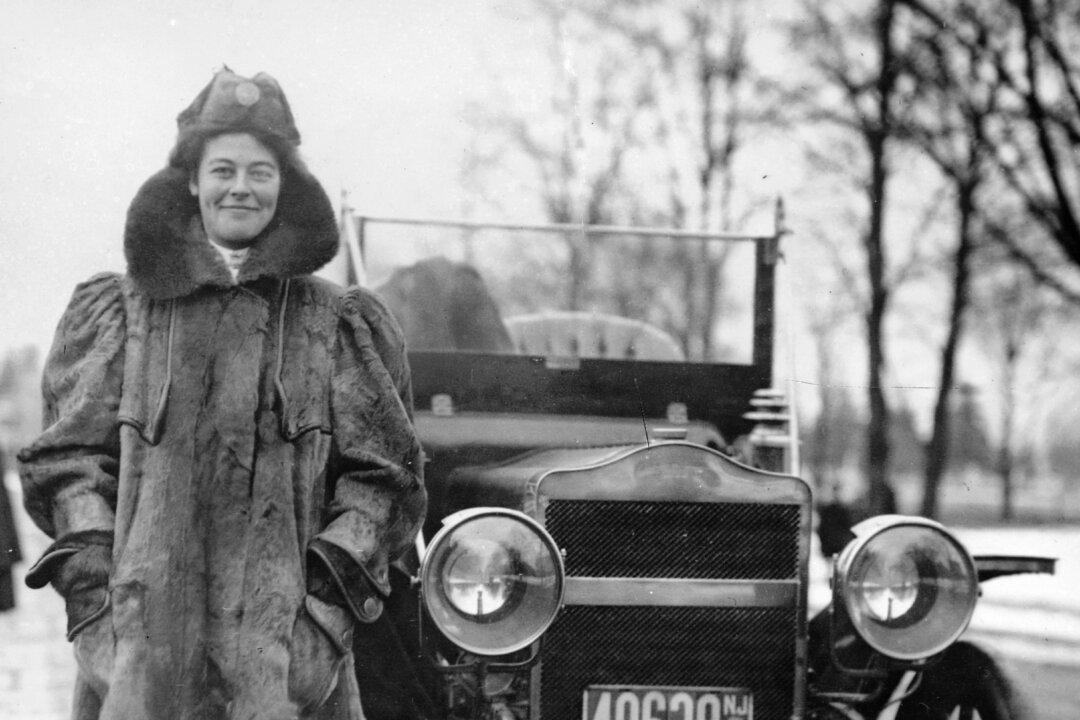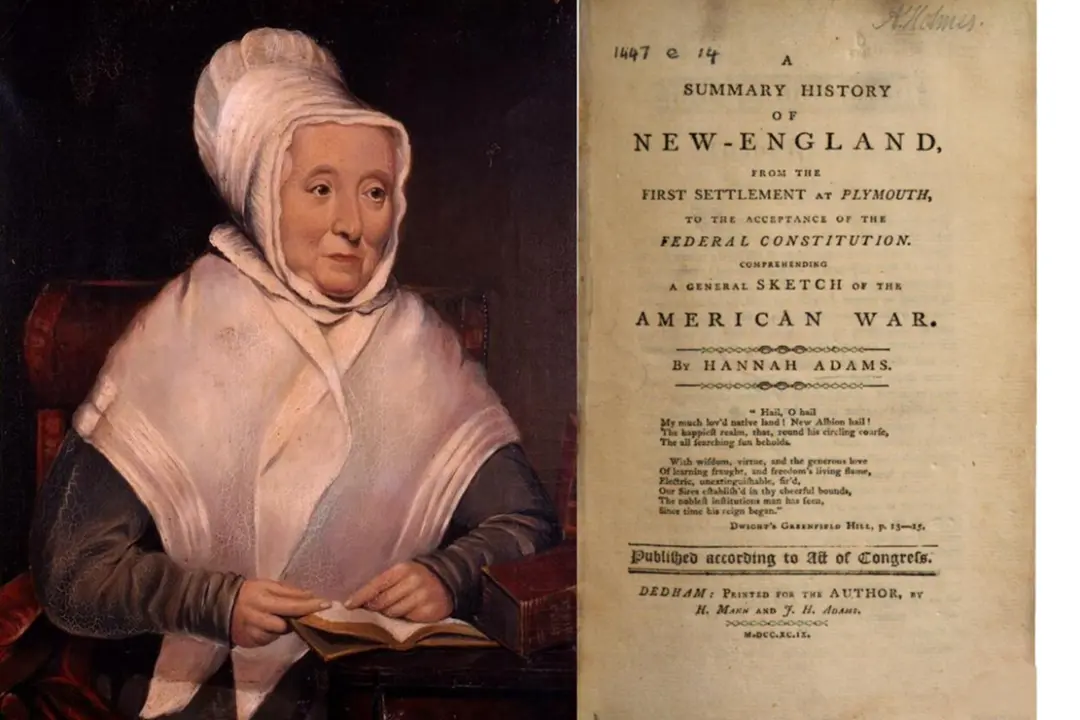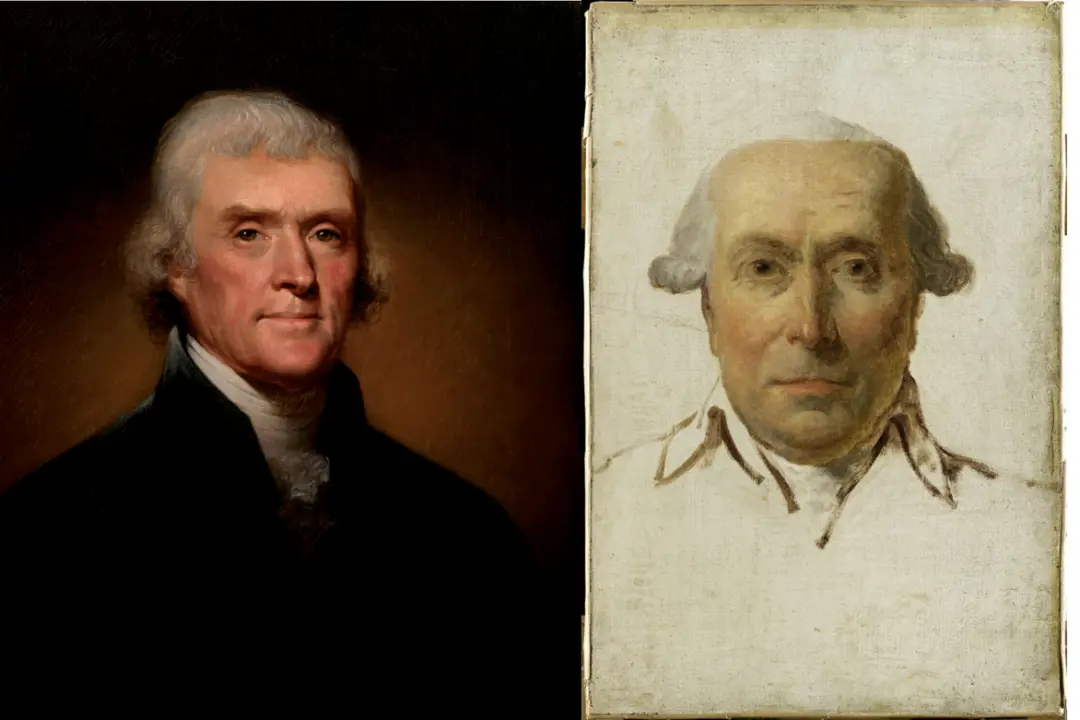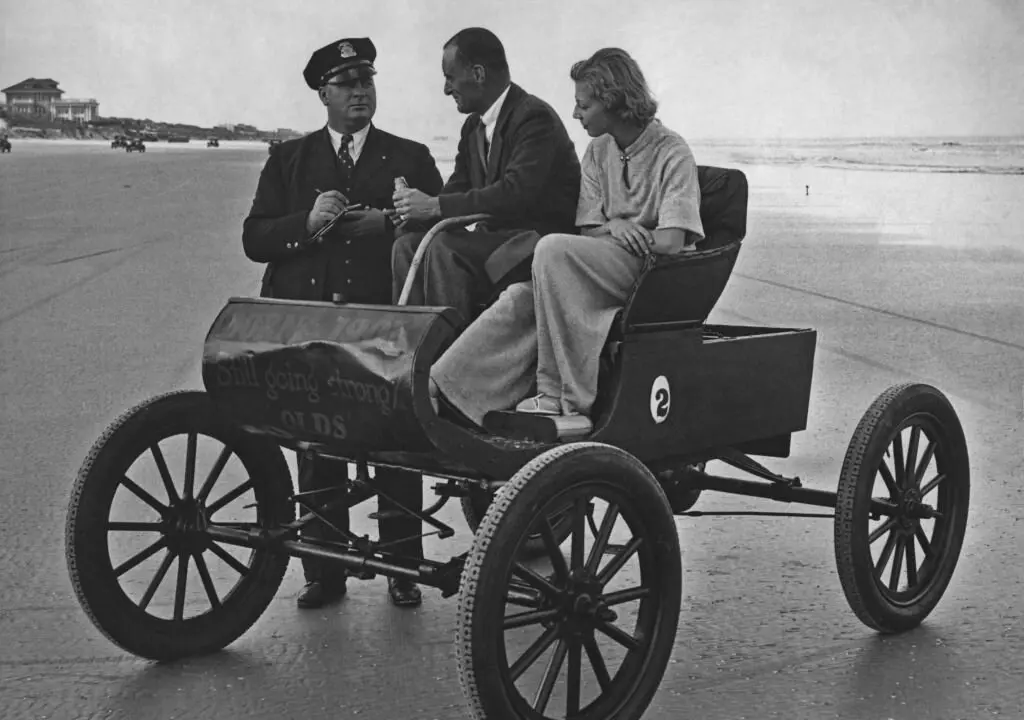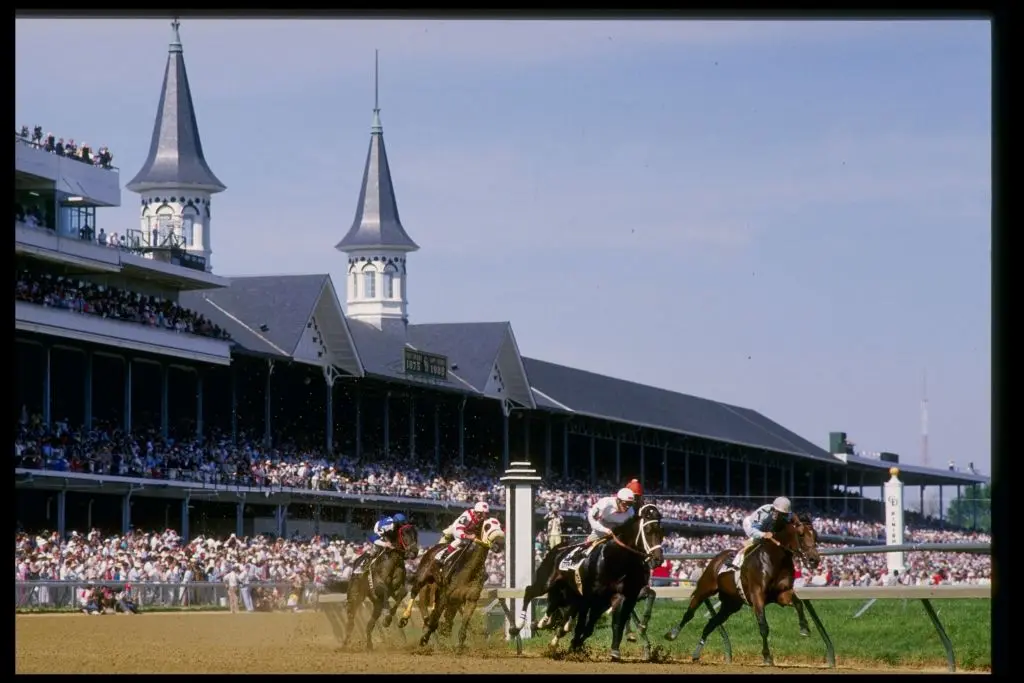Alice Ramsey’s New York to San Francisco auto tour of 1909 was one of the splendid events of nascent road travel.
Driving 3,800 transcontinental miles was an outrageous proposition. There were almost no road signs. Highways didn’t exist and road maps were baffling. On the raw maze of dusty, narrow roads and wagon trails more accustomed to horse hooves or a drove of pigs than automobile rubber, her car literally disappeared into the mud or gargantuan ruts the circumference of a queen-sized bed.

